Cars are a necessary part of life for most people. Whether you’re driving to work or taking a road trip, cars get us where we need to go. However, there are some things that every driver needs to know before hitting the open road. One of those things is how long a car can overheat before damage is done. This blog post will discuss the dangers of overheating and how to prevent it from happening in your vehicle!
How long can a car run hot before damage?
If the vehicle has been driven hard or the cooling system is faulty, running hot could cause damage within a few minutes. It’s important to note that once your engine temperature gauge enters the red zone, you should turn off the engine and seek professional help as soon as possible.
Running an overheated car can cause serious engine damage including cracked heads, warped pistons, blown head gaskets, clogged radiators, and more. All of these damages can be extremely expensive to repair and may require complete engine replacement.
The best way to avoid any kind of damage to your vehicle is to regularly check the coolant level and temperature, use high-quality engine oil, keep an eye on the radiator fans, inspect hoses for leaks or cracks, and make sure your thermostat is working properly. Taking these preventative measures can help you stay safe on the road [1].
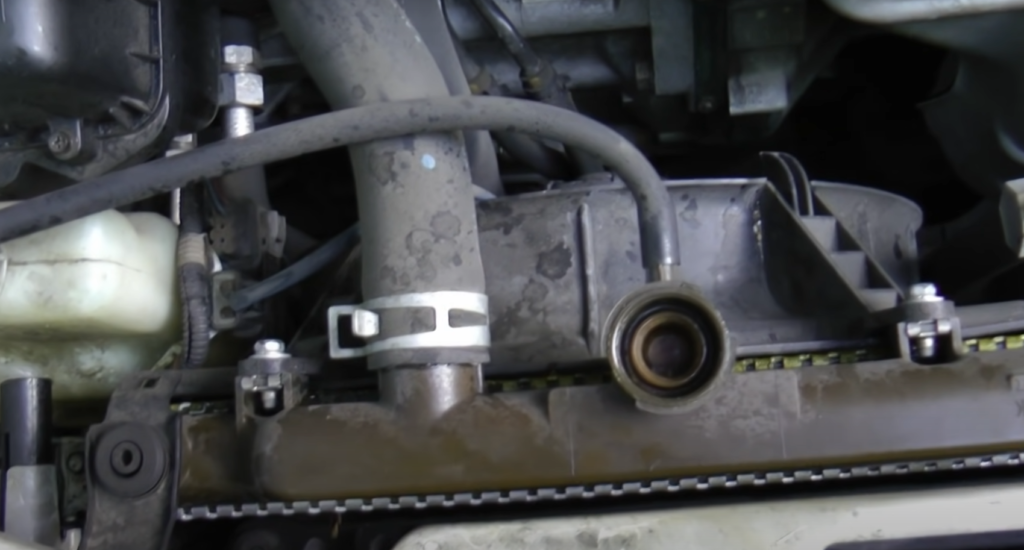
What happens if you keep driving an overheated car?
There can be serious consequences if you keep driving an overheated car, including engine damage and failure. As the temperature of your engine rises, it will start to experience increased levels of friction between moving parts. This increased amount of heat and friction can cause metal parts to warp and distort, leading to a decrease in power output and a higher risk of eventual engine failure.
Continuing to drive an overheated car can also lead to other problems such as warped cylinder heads or cracked head gaskets, which result in coolant leaks that further increase the likelihood of overheating. In extreme cases, these issues may even require costly repairs or complete replacement of your car’s engine.
To avoid such issues, it is best to stop driving your car when it starts to overheat and take appropriate measures to cool down the engine. This may involve checking for leaks, refilling the coolant, or even having the car looked at by a professional mechanic. Following these steps can prevent serious damage from occurring and help you avoid expensive repairs in the future.
It is important to remember that overheating can happen unexpectedly and catching it early is key to avoiding more serious issues later on. Paying attention to warning signs such as smoke, smells, or general performance issues can go a long way in helping you stay safe while driving your vehicle.
At what temperature do engine damages occur?
The temperature at which engine components can be damaged depends on the particular component in question and the type of engine. Generally speaking, an engine can become damaged if it runs significantly hotter than its designed operating temperatures. For example, if an internal combustion engine is allowed to run too hot, it may suffer from detonation or pre-ignition, resulting in piston scuffing and/or head gasket failure.
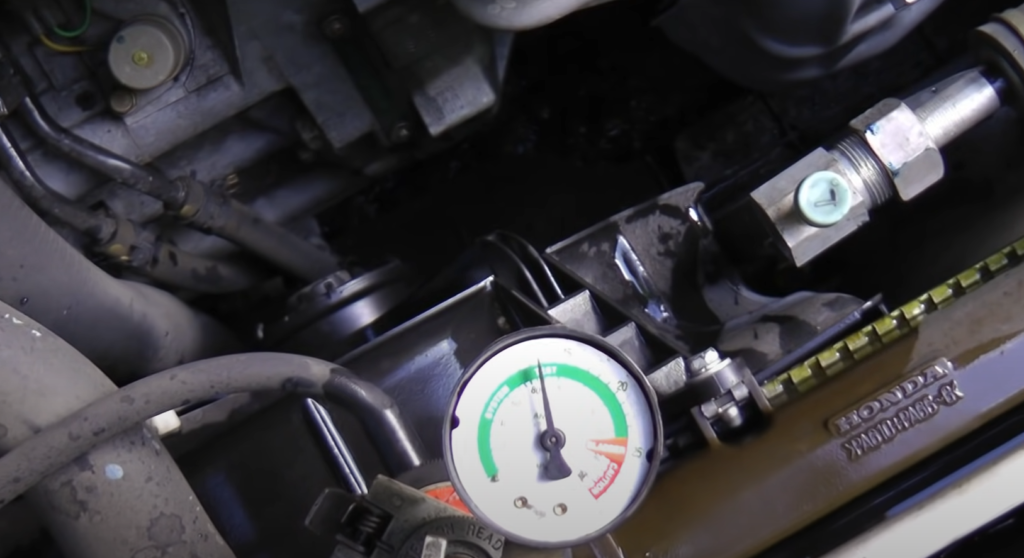
Excessive heat can also cause damage to other parts such as bearings, seals, and gaskets. Many automotive manufacturers recommend that engines not operate above a certain temperature range to prevent long-term damage. The specific temperature varies by vehicle make and model; consult your owner’s manual for more information about your particular vehicle.
In addition to engine components, excessive heat can also cause damage to other parts of the vehicle, such as the tires and suspension system. If a tire is exposed to high temperatures for an extended period, it can become prone to blowouts or another failure. Similarly, suspension components may wear out prematurely if they are subjected to extreme temperatures over a long period.
It is important to pay attention to your vehicle’s temperature gauge and be aware of any signs that it may be running too hot. If you notice something amiss with your vehicle’s temperature, take it in for service immediately. Doing so can help prevent costly repairs down the road.
However, this can vary depending on the make and model of your vehicle. Be sure to consult your owner’s manual or a trusted mechanic for more information about optimal operating temperatures for your vehicle.
At higher temperatures (above 240–260°F), most metals begin to soften, so it’s important not to let your engine get too hot. If it does, shut off the engine immediately and check for any components that may need repair or replacement. If you take preventative measures, you can help ensure that your vehicle will stay in good condition for many miles to come [2]!
How much does it cost to fix an overheating car?
Coolant leaks
The cost of fixing a car that is overheating due to a coolant leak can vary widely depending on the severity of the problem and what type of repair work needs to be done. Typically, repairs will involve replacing the leaking part (such as a hose or gasket), flushing the system, and refilling it with new coolant. This could range from a couple of hundred dollars for minor repairs to several thousand for major repairs.
Radiator replacement
If your car’s radiator is failing and needs to be replaced, this could cost upwards of $1000 or more depending on the make and model of your car. Radiator replacement typically involves draining the engine coolant, removing components to access the radiator, replacing the radiator, and then refilling the system with coolant.
Thermostat replacement
If the thermostat is faulty, it can cause a car to overheat. Replacing a car’s thermostat usually costs between $100 and $250. This involves draining the engine coolant and removing components to access the thermostat before replacing it and filling the system back up with new coolant.
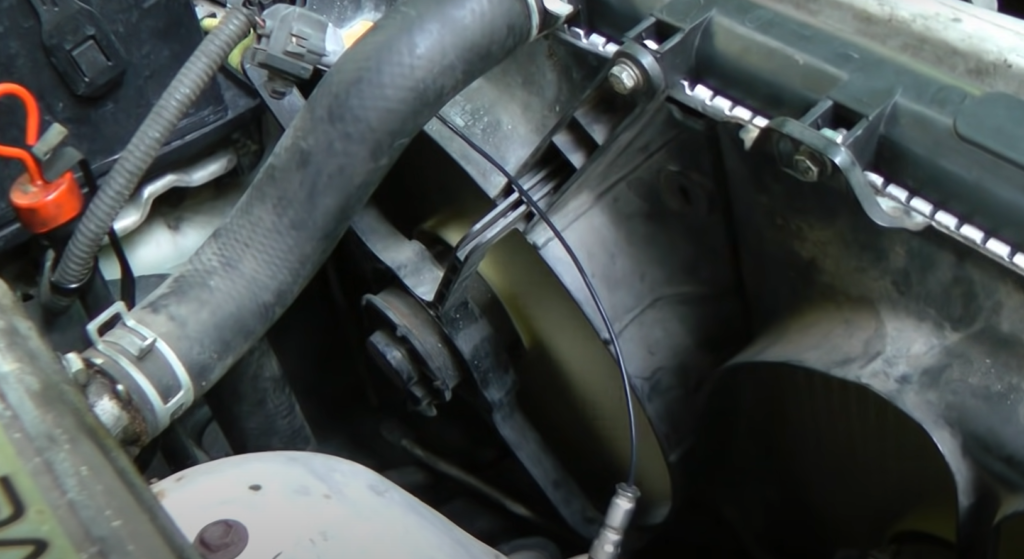
Water pump replacement
If the water pump is malfunctioning, it can cause a car to overheat. The cost of replacing a water pump will vary depending on the make and model of your car but could cost anywhere from $200 to $800 or more. Like other repairs, this will involve draining the engine coolant, removing components to access the water pump, replacing it, and then refilling the system with new coolant.
Motor oil replacement
If the motor oil is old and contaminated, it can cause a car to overheat. The cost of replacing motor oil will depend on what type you need for your car, but on average this could cost anywhere from $25-$100 or more [3].
What to do when your car runs hot?
Turn on the heating system
When your car starts to overheat, the first thing you need to do is turn on your vehicle’s heating system. This will help draw some of the heat away from the engine and into the passenger cabin. Make sure that all windows and vents are open when doing this to ensure maximum circulation.
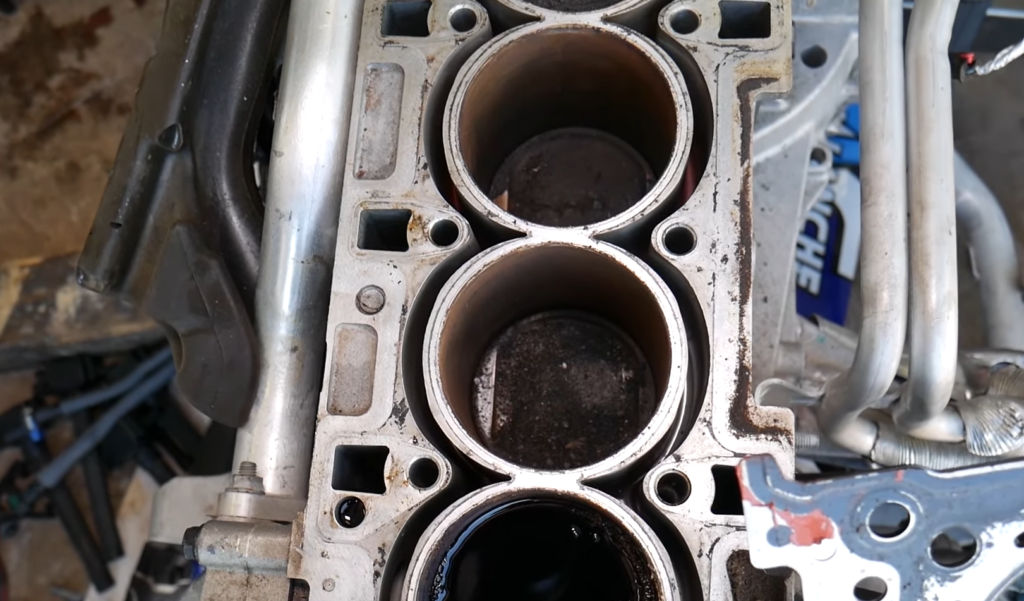
Check the coolant levels
Your car’s cooling system is responsible for regulating its temperature, so you must check your coolant levels regularly. Check your owner’s manual for guidance on how often this should be done and what type of coolant you should use in your particular model of vehicle.
Pullover in a safe place and turn off the engine
If your car continues to run hot, you must pull over in a safe place and turn off the engine. Wait until the temperature gauge drops back into the normal range before restarting it. Make sure to never open the radiator cap while the engine is still hot as this can cause burns.
Check for any visible leaks or damage
Once you have your car turned off, you should inspect it for any visible signs of coolant leakage or mechanical damage that might be causing it to overheat. If there are any such issues present, contact a qualified mechanic right away so that they can address them and help get your vehicle back on track.
Avoid driving in extreme weather conditions
Try to avoid driving in overly hot or cold weather conditions, as this can lead to your car running hot. If you do find yourself in such a situation, drive slowly and only use the air conditioning sparingly to reduce the strain on your vehicle’s cooling system.
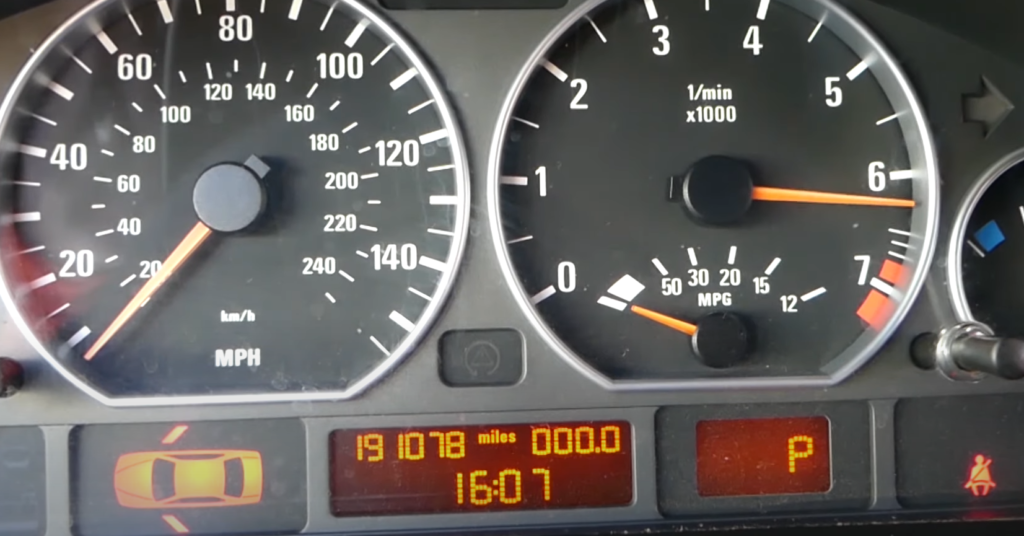
Regularly service your car
You should also make sure to regularly have your vehicle serviced by a qualified mechanic. They will be able to ensure that everything is working properly and identify any potential problems before they become too serious. This will help keep your car running safely and efficiently for many years to come [4].
How to regularly maintain a car?
Regular car maintenance is important for keeping your car running safely and efficiently. To ensure that it remains dependable, you should take steps to keep your vehicle in good working order. Here are a few tips to help you with regular car maintenance:
- Check oil levels regularly and change the oil filter every 3,000 miles or according to your manufacturer’s recommendation. Regularly replacing the oil helps to extend the life of your engine and keep it running smoothly.
- Make sure that all fluid levels are topped up regularly – including brake fluid, power steering fluid, coolant, and windshield washer fluid – as low levels can damage components or cause them to fail.
- Inspect your tires regularly for proper tire pressure, tread wear, and any signs of damage.
- Get your brakes checked and serviced as needed — this includes changing the brake pads and getting the rotors resurfaced or replaced.
- Have your battery tested to make sure it’s functioning properly; if not, replace it with a new one.
- Take your car in for regular tune-ups to check belts, hoses, spark plugs, and other components that can affect the performance of your vehicle.
- Check all lights regularly to ensure they are working properly; have them replaced if necessary. 8. Bring your car in for emissions tests when required by law – this helps keep your car running clean and efficiently.
Following these simple tips will help to ensure that your car remains in good working order for years to come. Regular maintenance is essential for a safe, reliable, and fuel-efficient ride. In addition, regular servicing can also help you save money on repairs by catching problems early before they become major issues. So, make sure you give your vehicle some TLC now and then [5]!
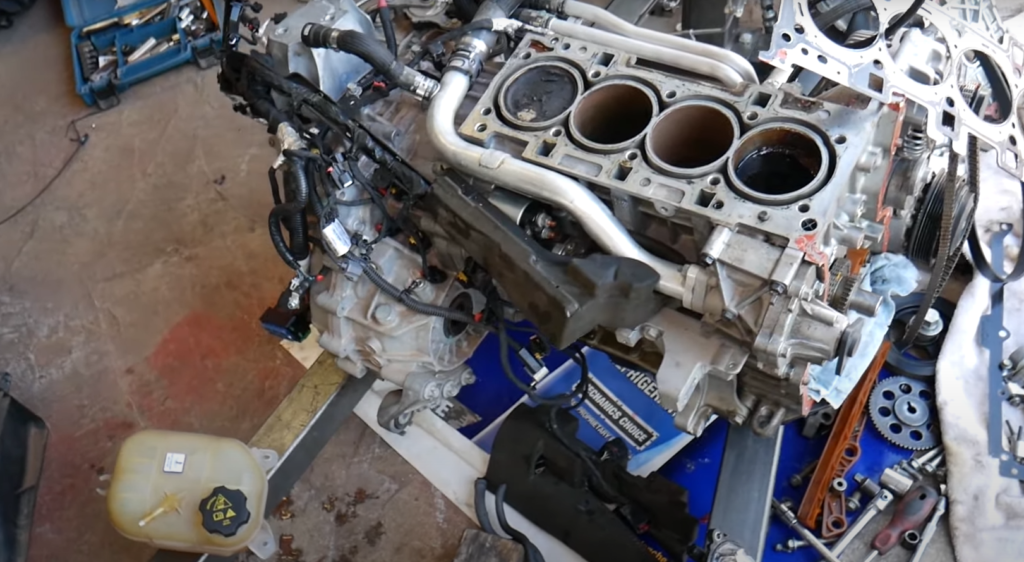
Heat Gauge Roulette: Understanding the Critical Timeframe for Overheating Car Damage
Concerned about your car’s rising temperature and wondering how much time you have before potential damage occurs? Explore the detailed table below to grasp the factors influencing overheating, signs of damage, and the crucial time window for taking corrective actions.
| Temperature Level | Signs of Overheating | Timeframe for Potential Damage | Immediate Actions to Take | Preventive Measures |
|---|---|---|---|---|
| 1. Elevated Temperature | Engine temperature gauge in the red zone, steam from the engine | Within 10 minutes | Immediately pull over, turn off the engine, and let it cool down | Maintain a regular maintenance schedule, check coolant levels regularly |
| 2. Extremely High Temperature | Burning smell, coolant boiling, engine misfires | Within 5 minutes | Emergency stop, turn off the engine, call for assistance | Regularly inspect the cooling system, replace coolant as recommended |
| 3. Critical Temperature | Visible smoke or fire, loss of engine power | Within 2 minutes | Emergency stop, evacuate the vehicle, call emergency services | Perform routine checks on hoses, radiator, and thermostat |
Explanation of the table:
- Elevated Temperature: If your engine temperature gauge is in the red zone and you see steam, potential damage can occur within 10 minutes. Immediately pull over, turn off the engine, and let it cool down. Regularly maintain your car and check coolant levels.
- Extremely High Temperature: Symptoms like a burning smell, boiling coolant, or engine misfires indicate potential damage within 5 minutes. Make an emergency stop, turn off the engine, and call for assistance. Regularly inspect the cooling system and replace coolant as recommended.
- Critical Temperature: If there’s visible smoke or fire and a loss of engine power, potential damage is imminent within 2 minutes. Make an emergency stop, evacuate the vehicle, and call emergency services. Regularly perform checks on hoses, radiator, and thermostat.
FAQ
How long can you drive if your car is overheating?
If your car is overheating, you should pull over immediately and turn off the engine. If possible, let the car cool down before trying to drive again. It’s important not to ignore signs of overheating as this can lead to serious damage or even an engine fire. Check your owner’s manual for specific guidance on how long to wait before restarting your vehicle after it has overheated. You should also seek professional help from a trained mechanic if the problem persists. In short, do not attempt to drive a car that is overheating, and always be sure to get any issues addressed promptly by a qualified auto technician.
Is my car ruined if it overheats?
No, your car is not necessarily ruined if it overheats. However, the extent of damage can vary depending on the situation. Overheating can cause wear and tear on any car’s engine, leading to performance issues or even a complete breakdown. If you notice signs of overheating, you should take action immediately and contact a qualified technician for assessment and repair. With proper maintenance and care, many cars still stay reliable even after an incident of overheating.
What happens when my car overheats?
When your car is overheating, it means that the temperature inside the engine has become too high and needs to be cooled down to prevent further damage. Some of the common symptoms include steam coming from under the hood, a sudden drop in power, and an illuminated temperature warning light. If the car is still running, you should immediately pull over and turn off the engine.
It’s important to let the car cool before attempting to drive it again. You should also seek professional help from a trained mechanic if necessary. Keeping an eye out for signs of overheating will go a long way toward maintaining your vehicle’s health and avoiding costly repairs down the road.
Can an engine survive overheating?
Yes, in many cases an engine can survive overheating if it is addressed promptly. However, you should keep in mind that the extent of damage can vary depending on how long the car was running while overheating and how quickly action was taken to cool down the engine.
It’s also highly recommended that you speak with a qualified auto technician as soon as possible to assess and repair any potential damage from the incident. Taking these steps will help ensure your car stays reliable for years to come.
What happens when a car overheats for too long?
If a car overheats for too long, it can cause serious and irreversible damage to the engine. This could include warped or cracked cylinder heads, damaged pistons and valves, broken head gaskets, or even an engine fire. In any case, it is important not to ignore signs of overheating and take action immediately by pulling over and turning off the engine. After that, you should wait until the car cools down before attempting to drive again. If possible, always seek professional help from a qualified mechanic as soon as possible to assess and repair any potential damage caused by the incident.
How do I know if my engine is damaged from overheating?
If your engine is damaged due to overheating, you may notice performance issues such as a decrease in power and fuel efficiency or even an illuminated temperature warning light. In many cases, these symptoms can indicate a problem with the cooling system. To be sure, it’s best to seek professional help from a qualified auto technician who can assess and repair any potential damage from the incident. Taking care of problems like this promptly will help ensure that your car stays reliable for years to come.
What should I check after my car overheats?
After your car overheats, it is important to have a qualified auto technician assess and repair any potential damage. In particular, they should check the engine’s temperature sensor, thermostat, cooling fans, water pump, radiator hoses and clamps, coolant levels, and other components of the cooling system. If any of these parts need to be replaced or repaired, it’s best to do so as soon as possible to prevent further damage from occurring. Taking these steps will help ensure that your car stays reliable for years to come.
How do you temporarily fix an overheated car?
If your car is overheating, the best way to address the issue is to immediately pull over and turn off the engine. This will give it a chance to cool down before attempting to drive again. Once you turn off the engine, you can try checking the coolant levels and topping them up if necessary. If that doesn’t work, then you should have a qualified auto technician assess and repair any potential damage from the incident as soon as possible. Taking these steps will help ensure that your car stays reliable for years to come.
What should you never remove if your car is overheated?
If your car is overheated, you should never remove the radiator cap until the engine has had a chance to cool down. Removing the radiator cap while it’s still hot can be extremely dangerous and could potentially lead to serious injury. Instead, wait until the engine has had a chance to cool off before checking and topping up your coolant levels if necessary. If that doesn’t work, then you should have a qualified auto technician assess and repair any potential damage from the incident as soon as possible. Taking these steps will help ensure that your car stays reliable for years to come.
What is the fastest way to cool down a hot car?
The fastest way to cool down a hot car is to simply turn off the engine and allow it to cool naturally. You can also try rolling down the windows or turning on the air conditioning to help speed up the process. If that doesn’t work, then you should have a qualified auto technician assess and repair any potential damage from the incident as soon as possible. Taking these steps will help ensure that your car stays reliable for years to come.
Should I leave car windows open when it’s hot?
Leaving your car windows open when it’s hot may help to reduce the temperature inside the vehicle, but it could also be a security risk. If possible, try rolling down only one window enough to let some air in. This will help keep the temperatures inside your car comfortable without compromising security. Additionally, make sure you never leave children or pets in a hot car for any length of time as this can be extremely dangerous. Taking these steps will help ensure that your car stays reliable for years to come.
What potential damage can occur if a car overheats for an extended period?
When a car overheats for an extended period, it can lead to severe engine damage and other critical components. The high temperature can cause the engine to warp, crack, or suffer damage to the cylinder head and gasket. Additionally, overheating may result in damage to the radiator, water pump, and other cooling system components, impacting the overall performance and longevity of the vehicle.
Is there a specific timeframe that defines “too long” for a car to overheat?
The duration a car can overheat before sustaining damage varies depending on several factors, including the cause of overheating, ambient temperature, and the vehicle’s make and model. In general, it’s crucial to address overheating promptly, and driving for even a short period with an overheated engine can lead to potential damage. Immediate attention and corrective action are recommended to prevent long-term consequences.
What are the signs that a car is overheating, and how quickly should I respond?
Signs of overheating include rising temperature gauges, steam coming from the engine, or warning lights on the dashboard. If you observe these signs, it’s essential to respond immediately. Pull over to a safe location, turn off the engine, and allow it to cool down. Continuing to drive an overheated car, even for a short distance, can escalate the damage and increase the likelihood of long-term issues.
Can a car overheat due to factors other than engine problems?
Yes, a car can overheat due to various factors, including a malfunctioning thermostat, a leaking radiator, a broken water pump, or insufficient coolant levels. Regular maintenance and inspections are crucial to identifying and addressing these issues before they lead to overheating. Keeping the cooling system in good condition helps prevent potential damage to the engine and other components.
What steps should I take if my car overheats to minimize potential damage?
If your car overheats, immediately pull over to a safe location, turn off the engine, and allow it to cool. Refrain from opening the radiator cap until the engine has cooled completely. Check coolant levels and top up if needed. If the issue persists, seek professional assistance to diagnose and repair the underlying cause, preventing further damage and ensuring the continued reliability of your vehicle.
Can overheating cause irreversible damage, or can it be repaired?
Overheating can cause significant damage to the engine and related components, but the extent of the damage depends on how quickly the issue is addressed. In some cases, prompt action and repairs can prevent irreversible damage. However, if overheating is prolonged, it may lead to severe and costly engine damage that could be challenging to repair. Regular maintenance and addressing cooling system issues promptly are crucial for preventing irreversible damage.
Useful Video: Symptoms of Engine Damage from Overheating
Conclusion
A car can overheat before damage can be detected, leading to long-term damage. When driving a vehicle, it is essential to keep an eye on the car’s temperature gauge, and if the reading has risen beyond what is normal for your vehicle, you should pull over immediately and seek help from a qualified mechanic. Taking care of your car by practicing regular maintenance can also help prevent overheating, as dirty coolant and clogged radiators can quickly lead to engine problems. By being proactive about understanding how your car works and what steps are necessary to keep it running smoothly, you’ll be able to enjoy many years of trouble-free motoring.
References
- https://www.thehealthyjournal.com/faq/how-long-can-an-engine-run-hot-before-damag
- https://www.cashcarsbuyer.com/how-long-can-a-car-run-hot-before-damage/
- https://getjerry.com/questions/how-much-does-it-cost-to-fix-an-overheating-car
- https://www.jiffylube.com/resource-center/what-to-do-when-car-overheats
- https://www.allstate.com/resources/car-insurance/car-maintenance-tips





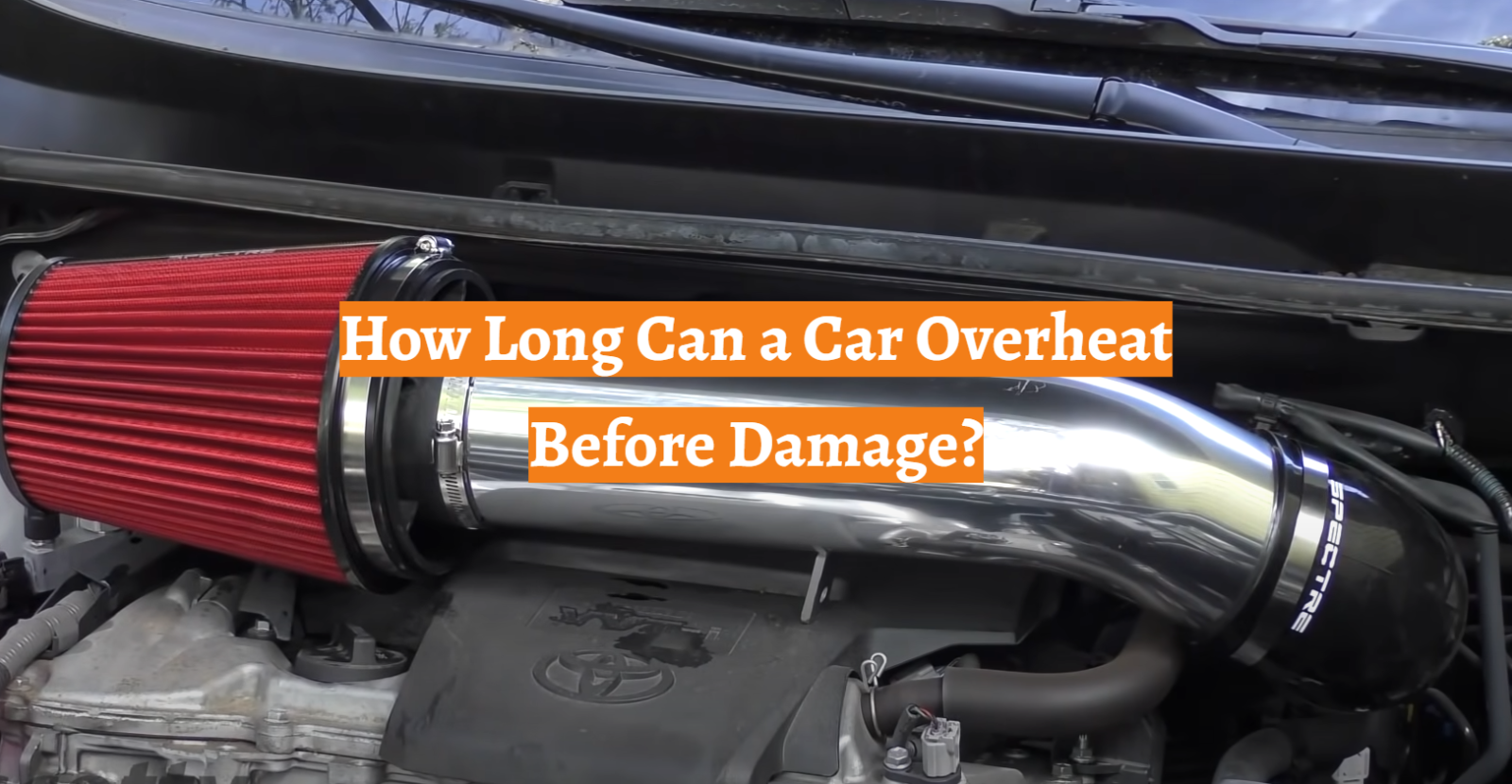




Leave a Review